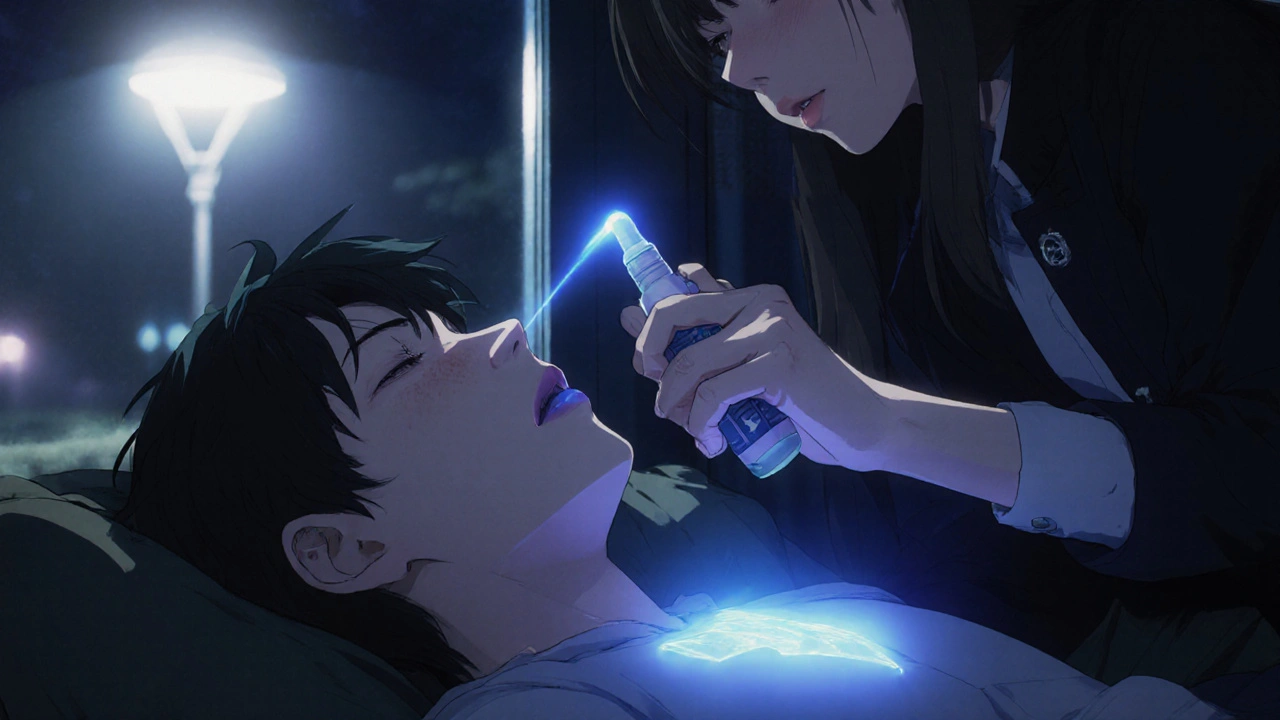When someone stops breathing from an opioid overdose, a life-threatening condition caused by too much opioid medication or illicit drugs like heroin or fentanyl. Also known as opioid poisoning, it can happen to anyone—even people taking prescriptions exactly as directed. The clock starts ticking the moment breathing slows. Minutes matter. Without help, brain damage or death can follow fast.
That’s where naloxone, a fast-acting medication that blocks opioids from brain receptors and can reverse an overdose within minutes comes in. It’s not a cure, but it buys time. Naloxone works on fentanyl, oxycodone, heroin, hydrocodone, and other opioids. It doesn’t work on alcohol, benzodiazepines, or stimulants, but if you’re unsure what someone took, give it anyway. It’s safe. No harm if they didn’t take opioids. Many pharmacies now sell naloxone without a prescription. Keep it in your car, your bag, or your medicine cabinet. It’s as important as a fire extinguisher.
Knowing the signs of an opioid emergency response, the immediate actions needed when someone is overdosing on opioids saves lives. Look for: blue or purple lips and fingernails, slow or stopped breathing, unresponsiveness, pinpoint pupils, and gurgling sounds like they’re choking. Don’t wait for all these signs. If someone’s unresponsive and you suspect opioids, act. Call 911 first, then give naloxone if you have it. Even if they wake up, they still need medical care—opioids can return to their system after naloxone wears off.
People often hesitate to act because they fear legal trouble or judgment. But most states have Good Samaritan laws that protect people who call for help during an overdose. And no one should be shamed for needing help. Opioid addiction is a medical condition, not a moral failure. Your quick action could be the difference between someone going home—or not.
You don’t need to be a doctor to help. Training takes less than 15 minutes. Many community centers, clinics, and even libraries offer free sessions on how to use naloxone kits. Some kits come with nasal sprays—no needles, no training needed. Just spray one dose into each nostril. Others are injectable. Either way, the steps are simple: check, call, give, stay.
What you’ll find below are real, practical posts that dig into the details: how naloxone works in the body, why fentanyl makes overdoses harder to spot, what to do if someone doesn’t respond to the first dose, how to talk to a loved one about keeping naloxone on hand, and how pharmacies are making access easier than ever. These aren’t theory pieces. They’re tools you can use today.
